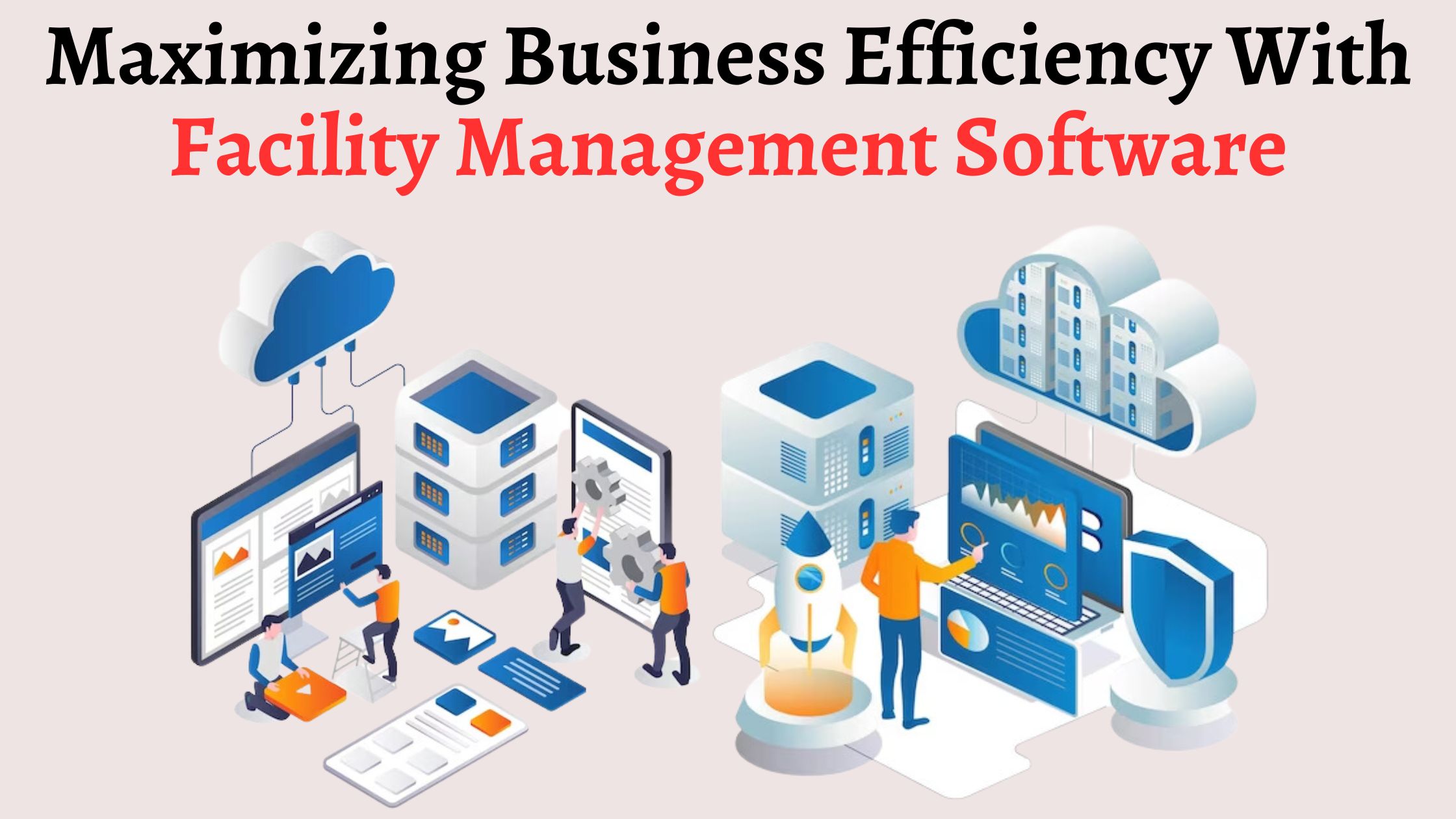Main Reasons to Choose Total Facility Management for Your Facility
Main Reasons to Choose Total Facility Management for Your Facility
Blog Article
Leading Advantages of Total Facility Management for Streamlined Operations
Total Facility Management (TFM) stands for a calculated technique to boosting functional efficiency by integrating numerous services, such as upkeep and protection, under a unified management structure. The question continues to be: what particular benefits can organizations harness from taking on TFM, and exactly how might these benefits change their operational landscape?
Enhanced Functional Effectiveness
Improved functional performance is a primary benefit of executing total facility management (TFM) approaches. TFM incorporates a detailed technique to taking care of a facility's resources, procedures, and infrastructure, eventually improving procedures. By settling different services-- such as upkeep, safety, room, and cleansing management-- TFM lessens redundancies and improves sychronisation amongst various operational features.
The assimilation of modern technology more enhances this effectiveness. Advanced facility management systems supply real-time data analytics, allowing facility managers to make educated decisions that enhance process and source allocation. Predictive upkeep strategies, as an example, prepare for devices failures before they occur, minimizing downtime and prolonging property life-span.
Additionally, TFM promotes standard procedures throughout different departments, ensuring consistency and top quality in service shipment. This harmony decreases functional disturbances and cultivates a more joint working atmosphere. As a result, workers can concentrate on their core responsibilities, driving efficiency and improving overall efficiency.

Cost Reduction and Financial Savings
Implementing total facility management (TFM) not just enhances operational effectiveness but also dramatically adds to cost reduction and savings. By settling various services under a single management framework, companies can eliminate redundancies and enhance procedures, consequently lowering functional costs. TFM makes it possible for better purchase techniques, allowing business to discuss bulk acquiring agreements with suppliers and company, resulting in reduced prices.
In addition, TFM emphasizes preventive upkeep, which decreases unexpected failures and expands the life expectancy of important tools. This positive technique not just reduces repair expenses yet likewise improves the integrity of facilitiess, making certain nonstop operations. Additionally, energy performance campaigns, usually an essential emphasis of TFM, bring about significant savings on energy costs, as facilitiess are enhanced for reduced power consumption.
Improved Resource Management
Reliable source management is a foundation of total facility management (TFM), making it possible for companies to maximize the use of their possessions and workforce. By implementing TFM methods, organizations can adequately evaluate their resource allocation, guaranteeing that every possession is utilized efficiently and successfully. This alternative method permits the recognition of underperforming resources and the potential for reallocation or enhancement.
Additionally, TFM promotes the integration of innovation for real-time surveillance of resources, which assists in forecasting maintenance requirements and preventing expensive downtime. By leveraging information analytics, organizations can make educated decisions concerning resource release, Read More Here inevitably boosting productivity and lowering waste.
In addition, TFM advertises a society of constant improvement, encouraging groups to frequently evaluate and improve their resource management practices. Total Facility Management. This proactive stance not just decreases operational disruptions but additionally cultivates innovation, as employees are empowered to suggest renovations based on their firsthand experiences with source application
Streamlined Interaction Channels
In total facility management, structured communication networks play an essential duty in promoting cooperation and effectiveness across teams. Efficient interaction guarantees that all stakeholders, consisting of facility supervisors, upkeep staff, and company, are straightened with organizational goals and operational demands. By establishing clear lines of communication, groups can promptly resolve concerns, share updates, and apply remedies, consequently lessening downtime and boosting productivity.
With systematized interaction platforms, information is easily accessible, enabling real-time updates on upkeep requests, resource appropriation, and job timelines. This openness not only decreases misconceptions yet likewise equips workers to make enlightened decisions rapidly. Furthermore, structured communication assists in much better coordination throughout emergency situations, making sure that all personnel are informed and can react immediately.

Enhanced Concentrate On Core Activities
A key advantage of total facility management is the increased focus on core tasks, permitting organizations to concentrate on their main organization objectives - Total Facility Management. By outsourcing non-core features such as security, maintenance, and cleaning, firms can reroute their sources and energy towards tactical efforts that directly add to their affordable benefit and development
Total facility management incorporates different functional jobs under a solitary umbrella, promoting performance and decreasing redundancy. This consolidation not just streamlines procedures yet additionally boosts liability, making certain that every facet of the facility runs sympathetically without diverting interest from what really matters-- core company functions.
Furthermore, this method allows employees to dedicate their effort and time to jobs that drive technology and boost client fulfillment, as opposed to getting stalled by functional difficulties. With a trustworthy facility management companion managing day-to-day operations, companies can accomplish greater dexterity, react swiftly to market changes, and keep a sharper Our site concentrate on their mission.
Inevitably, enhanced concentrate on core activities brings about enhanced overall efficiency, allowing organizations to reinforce their market setting and fulfill their calculated objectives better. - Total Facility Management
Final Thought
In final thought, Total Facility Management dramatically enhances operational effectiveness by combining crucial solutions and leveraging data analytics for informed decision-making. Cost reductions and enhanced resource management add to general financial savings, while streamlined interaction networks foster collaboration amongst stakeholders.
Total Facility Management (TFM) stands for a calculated method to boosting operational effectiveness by incorporating numerous solutions, such as maintenance and safety resource and security, under a unified management framework.Enhanced operational efficiency is a primary advantage of implementing total facility management (TFM) methods. Advanced facility management systems offer real-time data analytics, enabling facility supervisors to make enlightened choices that enhance process and resource allotment.Implementing total facility management (TFM) not only boosts operational performance yet likewise substantially contributes to cost decrease and cost savings.Efficient resource management is a foundation of total facility management (TFM), allowing organizations to maximize the usage of their assets and workforce.
Report this page